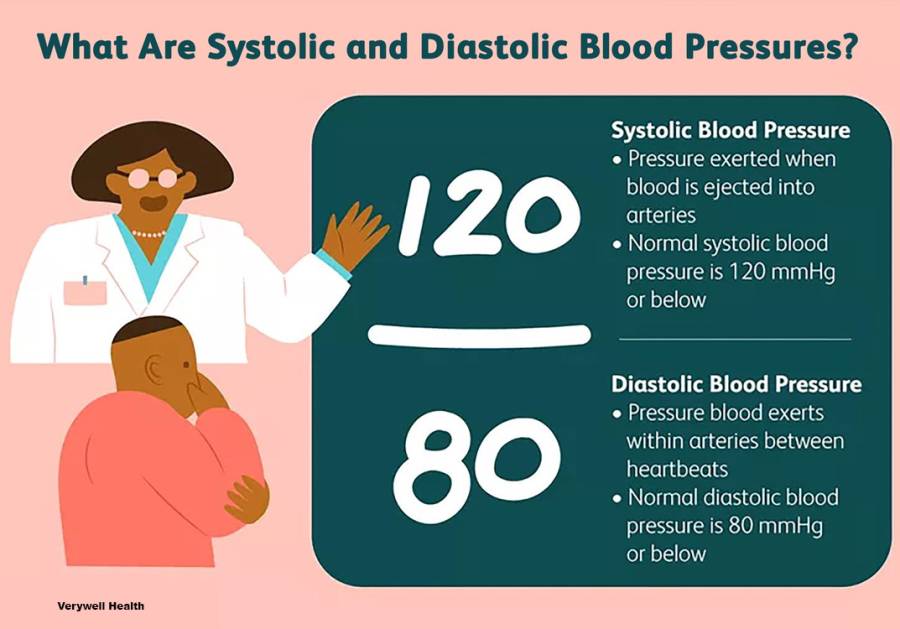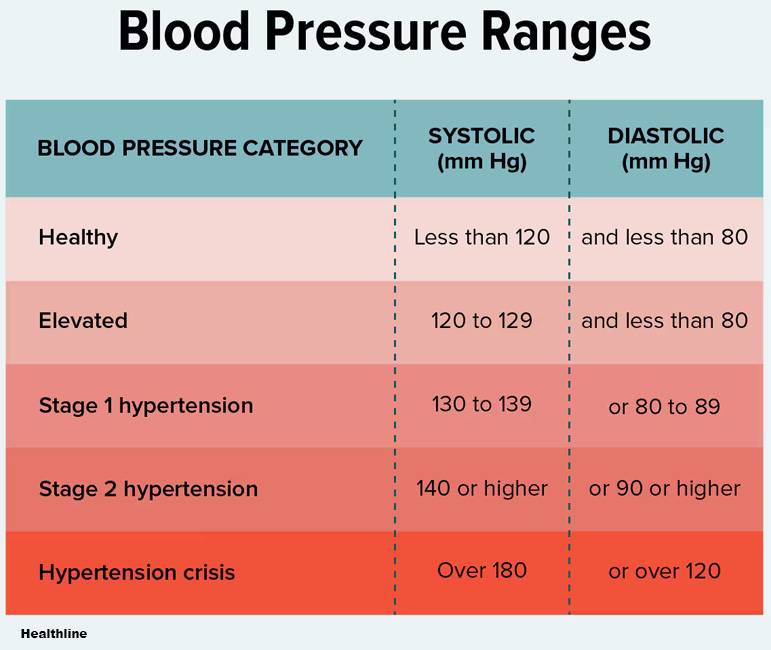Systolic vs. Diastolic Blood Pressure: Understanding key differences, their Impact on your health

Blood pressure is a vital indicator of your cardiovascular health, reflecting the force of blood against your artery walls. It comprises two measurements: systolic pressure and diastolic pressure. These numbers are crucial for understanding how your heart functions during each heartbeat. Let’s dive into the differences between systolic and diastolic blood pressure and why they matter.
What are Systole and Diastole?
The heart’s pumping action is divided into two phases: systole and diastole.
- Systole: This is the phase when the heart contracts to pump oxygen-rich blood out to the body. During systole, blood pressure rises as blood flows through the arteries.
- Diastole: This is the relaxation phase when the heart refills with blood. During diastole, blood pressure decreases as the heart prepares for the next beat.

How Systolic and Diastolic blood pressure differ
The two measurements in a blood pressure reading reflect these phases:
- Systolic Pressure: The top number in a blood pressure reading, it measures the pressure in the arteries when the heart beats.
- Diastolic Pressure: The bottom number, it indicates the pressure in the arteries when the heart is at rest between beats.
You may also like: 6 proven strategies for weight loss success
For example, a reading of 120/80 mmHg means 120 is the systolic pressure, and 80 is the diastolic pressure.
What Is a healthy blood pressure?
According to the American College of Cardiology (ACC), the following categories define blood pressure levels:
- Normal: Under 120/80 mmHg
- Elevated: Systolic 120–129 mmHg, diastolic under 80 mmHg
- Stage 1 Hypertension: Systolic 130–139 mmHg or diastolic 80–89 mmHg
- Stage 2 Hypertension: Systolic 140 mmHg or higher or diastolic 90 mmHg or higher
- Hypertensive Crisis: Systolic over 180 mmHg or diastolic over 120 mmHg

Why blood pressure matters
- High Blood Pressure (Hypertension): This condition occurs when the force of blood against artery walls is too high, increasing the risk of heart disease, stroke, and kidney damage.
- Low Blood Pressure (Hypotension): This condition involves abnormally low blood pressure, which can lead to dizziness, fainting, and, in severe cases, organ damage.
Factors that influence blood pressure
Several factors can increase the risk of abnormal blood pressure:
- Age: Blood pressure tends to rise with age.
- Lifestyle: Smoking, excessive alcohol consumption, high salt intake, and inactivity can raise blood pressure.
- Health Conditions: Diabetes, kidney disease, and obesity can contribute to hypertension.
Maintaining healthy blood pressure
- Adopt a balanced diet rich in fruits, vegetables, and whole grains.
- Engage in regular physical activity.
- Monitor your blood pressure regularly, especially if you have risk factors.
- Consult a healthcare provider for personalized advice and medication if needed.
Closing thoughts
Understanding the balance between systolic and diastolic blood pressure is essential for maintaining a healthy heart. Whether you’re managing high blood pressure or aiming to prevent it, regular monitoring and a healthy lifestyle are key.
Stay informed, stay healthy, and take control of your cardiovascular well-being today!
Follow us for more health tips
Subscribe to our Instagram and Facebook pages for daily updates, tips, and insights to keep your heart and body healthy.
Advertisement
Trending
Popular
Broccoli sprout compound may help lower blood sugar in prediabetes, ...
-
Gas Pain vs. Heart Attack: How to tell ...
09:00 PM, 22 Feb, 2025 -
Coconut oil supplement shows promise ...
08:00 PM, 20 Feb, 2025 -
Normal vitamin B12 levels may still ...
05:00 PM, 19 Feb, 2025 -
Revolutionizing Genomic research: The ...
02:00 PM, 19 Feb, 2025



